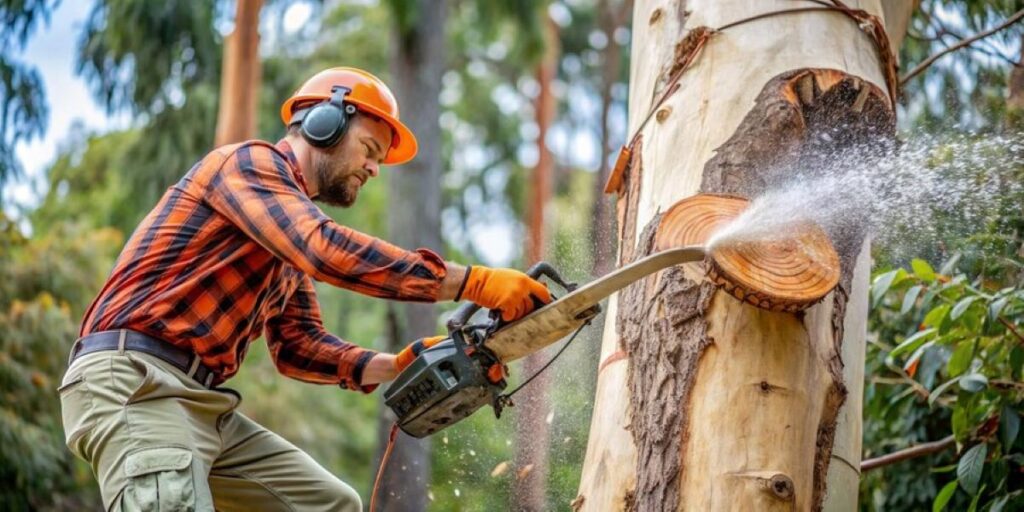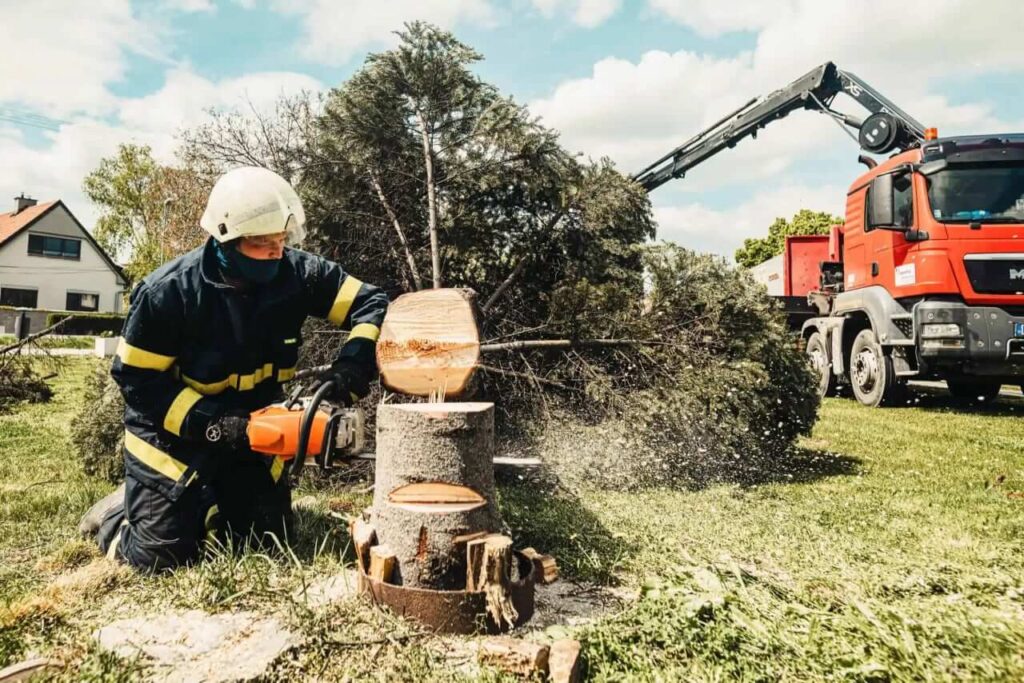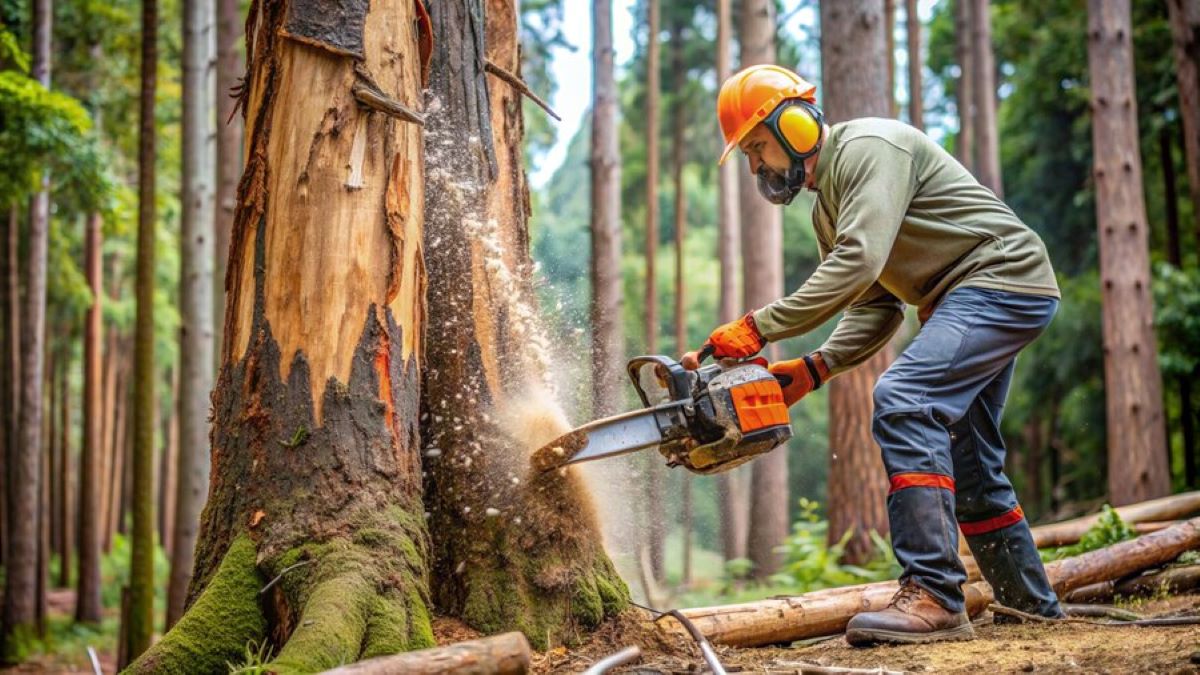How to Decide If Tree Removal Is Necessary for a Healthier Garden
Maintaining a vibrant and healthy garden is a priority for many homeowners. Trees can provide shade, beauty, and habitat for wildlife, but there are times when their removal becomes essential. Understanding when to remove a tree is crucial for the overall health of your garden. This article will guide you through the key considerations to help you make an informed decision about tree removal.
Understanding the Reasons for Tree Removal
Before deciding for cheap tree removal, it is vital to understand the reasons that may necessitate such action. Trees can become problematic for various reasons, and recognising these can help in making an informed choice.
Health Issues
One of the primary reasons for tree removal is health problems. Trees can suffer from diseases, pests, or decay, which can compromise their structural integrity. Observing signs such as wilting leaves, discoloured bark, or unusual growths can indicate that a tree is unhealthy. If the tree is beyond recovery, removal may be the best option to prevent further issues.
Additionally, certain diseases can spread to nearby trees, posing a risk to the entire garden ecosystem. Consulting with an arborist can provide clarity on whether a tree can be saved or should be removed to protect the health of surrounding plants.
Safety Concerns
Safety is another critical factor in the decision to remove a tree. Trees that are leaning, have large dead branches, or are situated close to structures can pose a significant risk during storms or high winds. A falling tree or branch can cause severe damage to property or even injury to individuals.
It is essential to assess the proximity of trees to buildings, power lines, and pathways. If a tree poses a threat, it is prudent to consider removal to ensure the safety of both the garden and its inhabitants.
Landscape Design Considerations
Sometimes, tree removal is necessary for aesthetic or design reasons. A tree that is too large or poorly placed can overshadow other plants, blocking sunlight and hindering their growth. In such cases, removing the tree can enhance the overall appearance of the garden and allow for better plant development.
Furthermore, as gardens evolve, the original design may no longer suit the homeowner’s vision. Removing trees that no longer fit into the landscape can create space for new plants or features, contributing to a healthier and more appealing garden.
Assessing the Tree’s Condition
Once the reasons for potential removal are understood, assessing the tree’s condition becomes the next step. This involves a thorough evaluation of the tree’s health and structure.
Visual Inspection
A visual inspection is the first step in assessing a tree’s condition. Look for signs of decay, such as hollow trunks, cracks, or fungal growth. Healthy trees typically have a full canopy and vibrant leaves. If a tree shows significant signs of distress, it may be time to consider removal.
Additionally, examine the root system. Roots that are exposed or damaged can indicate instability. A tree with a compromised root system is at a higher risk of falling, making removal a safer option.
Professional Assessment
While a visual inspection can provide valuable insights, enlisting the help of a professional arborist is advisable for a comprehensive evaluation. Arborists have the expertise to assess the tree’s health accurately and can identify issues that may not be immediately visible.
They can also provide recommendations on whether the tree can be treated or if removal is the best course of action. Their knowledge can be invaluable, especially when dealing with large or potentially hazardous trees.

Environmental Impact of Tree Removal
Tree removal can have significant environmental consequences, and it is essential to consider these before making a final decision. Understanding the ecological role of trees can help in weighing the pros and cons of removal.
Impact on Wildlife
Trees serve as habitats for various wildlife, including birds, insects, and small mammals. Removing a tree can disrupt these habitats, potentially displacing wildlife and affecting the local ecosystem. Before proceeding with removal, consider whether the tree supports any wildlife and how its removal might impact them. Visit https://fieldofmar-e.schools.nsw.gov.au/fact-sheets/tree-habitats.html to get more about trees habits.
In some cases, it may be possible to relocate certain species or provide alternative habitats to mitigate the impact of tree removal. Engaging with local wildlife organisations can offer insights into best practices for preserving biodiversity in your garden.
Soil Health and Erosion
Trees play a crucial role in maintaining soil health and preventing erosion. Their roots help to anchor the soil, reducing the risk of landslides and promoting water retention. Removing a tree can lead to soil instability and increased erosion, particularly on slopes or in areas prone to heavy rainfall.
Consider the potential impact on soil health and erosion when deciding on tree removal. If removal is necessary, implementing soil conservation practices, such as planting ground cover or installing erosion control measures, can help mitigate these effects.
Alternatives to Tree Removal
Before committing to tree removal, it is worth exploring alternatives that could address the underlying issues without resorting to such drastic measures.
Pruning and Maintenance
In many cases, proper pruning and maintenance can resolve issues that might otherwise lead to removal. Regularly trimming dead or diseased branches can improve the tree’s health and appearance, reducing safety concerns.
Engaging a professional for regular maintenance can ensure that trees remain healthy and safe without the need for removal. This approach not only preserves the tree but also enhances the overall garden environment.
Tree Relocation
If a tree is in a problematic location but is otherwise healthy, relocation may be a viable alternative to removal. This process involves carefully uprooting the tree and replanting it in a more suitable location.
Tree relocation requires expertise and should be carried out by professionals to minimise stress on the tree and ensure its survival. This option allows homeowners to retain the benefits of the tree while addressing any concerns regarding its current placement. Check out more about Why Consulting an Arborist Early Prevents Future Safety Issues.
Making the Final Decision
Deciding to remove a tree is not a decision to be taken lightly. It requires careful consideration of various factors, including the tree’s health, safety concerns, environmental impact, and potential alternatives.
Consultation and Research
Before making a final decision, it is advisable to consult with professionals and conduct thorough research. Engaging with arborists, landscape designers, and local wildlife experts can provide valuable insights and help in weighing the pros and cons of removal.
Additionally, researching local regulations regarding tree removal is essential, as some areas have specific laws protecting certain species or sizes of trees. Understanding these regulations can prevent potential legal issues and ensure compliance.

Emotional Considerations
Finally, it is important to acknowledge the emotional aspect of tree removal. Trees often hold sentimental value for homeowners, and the decision to remove one can be difficult. It is essential to weigh the emotional attachment against the practical considerations for the garden’s health.
Taking time to reflect on the decision and discussing it with family or friends can help in making a balanced choice that considers both emotional and practical factors.
Conclusion
In conclusion, deciding whether to remove a tree is a multifaceted process that requires careful consideration of health, safety, environmental impact, and potential alternatives. By understanding the reasons for removal, assessing the tree’s condition, and exploring options, homeowners can make informed decisions that contribute to a healthier garden.
Ultimately, maintaining a beautiful and thriving garden is about balance. Trees play a vital role in this ecosystem, and when removal is necessary, it should be approached thoughtfully and responsibly. By taking the time to evaluate all aspects, a garden can flourish, ensuring that it remains a source of joy and beauty for years to come.

